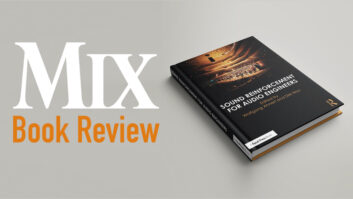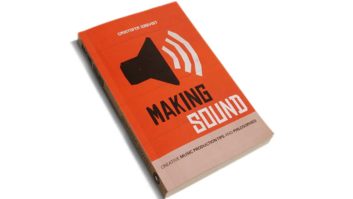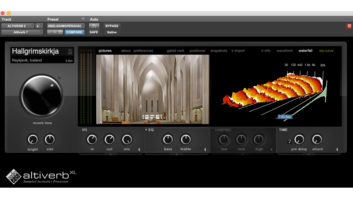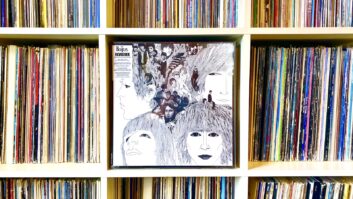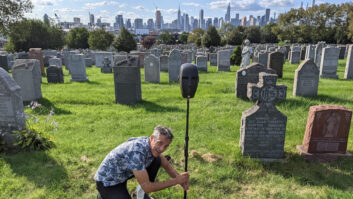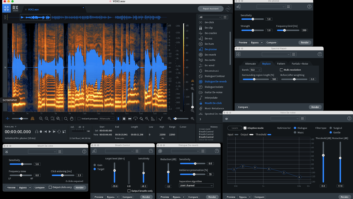With a title like The Sound Book (W.W. Norton & Co.), you might expect Trevor Cox’s new tome to be a dry textbook full of mind-numbing scientific exploration into infintesimal intricacies of sound. Luckily, while Cox throws considerable physics and neuroscience at the reader every few pages, most of the exploration here is the old-fashioned kind, as we follow him around the globe in search of the world’s strangest sounds.

It’s a pretty unusual journey, too; the prologue finds Cox, an insatiably curious professor of acoustic engineering, splashing about in a nauseating London sewer where a handclap echos back after nine seconds, having traveled 1.9 miles in the process. Before long, he’s deep inside a Scottish oil storage complex built to hold 38 million gallons, which, he discovers after careful measurement, is the most reverberant place in the world, possessing a monstrous reverberation time of 112 seconds at 125 Hz.
Throughout the book, Cox is perpetually on the move, whether visiting a site famous for its sounds, like London’s Big Ben clock tower, or just telling you about one, like the “whispering arches” in the bowels of New York City’s Grand Central Station. Along the way, Cox travels to hear ringing roads that make car tires hum tunes thanks to alternating pavements; discusses the anechoic chamber at his home base, the University of Salford in Manchester, England; visits a wave organ in the British seaside resort town of Blackpool; and heads to the Mojave Desert in hopes of hearing “singing” sand dunes create a 110 dB sustained boom when he slides down them. While the jaunty accounts of his travels are often quite funny, they also provide Cox with opportunities to wax philosophical about sound, from its history to its relevance to all beings. A chapter on acoustics in ancient times muses:
“Acoustic exploration is vital to understanding how our ancestors might have used these ancient sites. Back in Neolithic times, sound would have been even more important than it is today. In a time before writing, being able to listen to someone talking, remember the message and pass it on was a vital skill. Acute hearing was crucial for avoiding predators, repelling attacks from rivals and tracking and hunting animals for food. To overlook sound is to render the story of ancient monuments incomplete. We need to explore beyond the visual dominance of modern life and use our other senses: hearing, smell and touch.”
And that’s a theme he returns to a few times, perhaps unsurprisingly for an acoustic engineer: that as a society, we need to not merely stop and smell the roses, but perhaps attempt to listen to them as well. Cox is duly concerned about sound and the environment—how we change our surroundings by introducing or removing sounds, whether intentionally or not, and how in turn our actions affect nature, other species and ourselves. Still, while the themes can occasionally get rather heavy, Cox keeps things moving at a brisk pace throughout. Mixing the novelty of sound hunting with accessible but rigorous scientific discussion, The Sound Book is an entertaining, educational read.
